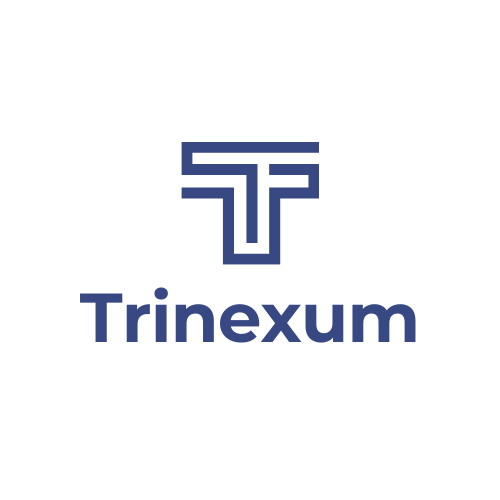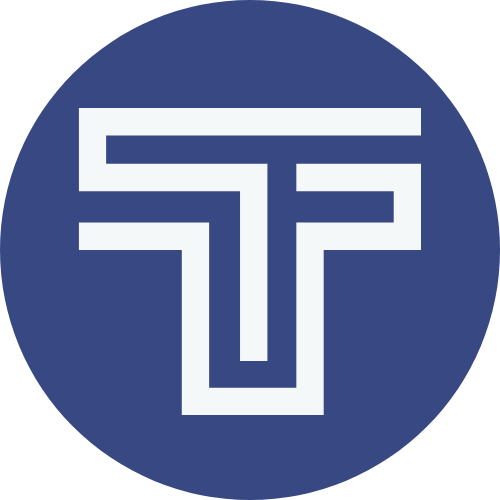In the realm of public works management, cost control remains one of the most challenging aspects for project managers and local authorities alike. The TP01 General All Works Index has emerged as an invaluable tool in this arena, offering data-driven insights that transform how professionals approach budgeting and procurement decisions. This comprehensive guide explores how you can leverage this powerful index to enhance financial oversight and deliver more cost-effective public infrastructure projects.
Understanding the tp01 general all works index
The TP01 Index serves as a barometer for price movements across various construction and public works sectors throughout the United Kingdom. It functions as a standardised measurement tool that quantifies how costs fluctuate over time, allowing project managers to make informed decisions based on market trends rather than guesswork. When planning infrastructure investments, having access to this document can provide crucial context for financial forecasting and budget allocation.
What exactly is the TP01 Index and its purpose
At its core, the TP01 General All Works Index is a comprehensive economic indicator specifically designed to track price changes in materials, labour, and services related to public works projects. The index compiles data from numerous sources, creating a reliable benchmark that public sector organisations can download and reference when planning projects. The European Commission oversees the preparation and distribution of these indices, ensuring they meet rigorous statistical standards. The current version of the index reflects recent market developments, making it an essential resource for contemporary project planning.
How the index measures price fluctuations across sectors
The methodology behind the TP01 Index involves sophisticated data collection across multiple construction subsectors. Each component is weighted according to its relative importance in typical public works projects, resulting in a comprehensive measurement tool. The index captures both short-term volatility and long-term trends, allowing users to distinguish between temporary market disruptions and fundamental cost shifts. Project managers can access this information through the dedicated download module, which provides regular updates to ensure decisions are based on the most current market conditions.
Practical applications in public works projects
Moving beyond theory, the TP01 Index offers tangible benefits when applied to real-world public infrastructure projects. Local authorities and contractors who incorporate this tool into their workflow gain a significant advantage in resource allocation and financial planning. The window of opportunity for cost savings becomes much clearer when viewed through the lens of index-based analysis.
Tracking material costs for roadworks and infrastructure
Road construction and maintenance represent significant expenditure for local authorities. By consulting the TP01 Index, project managers can identify optimal timing for material procurement. The index highlights seasonal variations in asphalt, concrete, and aggregate prices, allowing teams to schedule purchases during favourable market conditions. Councils that incorporate this approach into their procurement strategy often report substantial savings, particularly on large-scale roadworks where material costs constitute a major portion of the budget.
Monitoring supply chain influences on project expenses
Supply chain disruptions can dramatically impact project timelines and costs. The TP01 Index provides early warning signs of potential issues by tracking price movements that might indicate supply constraints. For instance, a sudden spike in specific material costs might suggest impending shortages, allowing project managers to develop contingency plans. This proactive approach, supported by regular document reviews of the index, helps mitigate risks associated with global supply chain volatility.
Strategic budgeting with index-based insights
Perhaps the most valuable application of the TP01 Index lies in its contribution to more accurate and resilient budgeting practices. By incorporating historical data and trend analysis into financial planning, public works departments can develop more realistic cost projections and maintain greater fiscal discipline throughout project lifecycles.
Forecasting project costs using historical index data
Historical patterns revealed through the TP01 Index offer powerful predictive capabilities for budget forecasting. By analysing how similar projects were affected by market conditions in the past, planners can develop more accurate cost estimates for future works. The module provided by the European Commission includes analytical tools that make this historical data readily accessible, even for those without extensive statistical training. This democratisation of economic forecasting enables more informed decision-making across all levels of project management.
Mitigating financial risks through proactive planning
Financial risk management represents a critical concern for public works projects, which often operate under strict budgetary constraints. The TP01 Index enables a more sophisticated approach to risk assessment by quantifying the potential impact of market fluctuations. Project managers can use these insights to build appropriate contingency funds and develop phased procurement strategies that reduce exposure to volatile market segments. The preparation of risk mitigation strategies becomes substantially more effective when grounded in the objective data provided by the index.
Optimising procurement decisions
The ultimate test of TP01 Index utilisation comes in the form of concrete procurement decisions. Strategic application of index insights can transform purchasing practices, leading to significant cost savings without compromising on quality or project specifications.
Timing purchases to capitalise on favourable market conditions
Strategic timing of major purchases represents one of the most direct applications of TP01 Index data. By identifying cyclical patterns in specific material costs, procurement teams can schedule bulk purchases during price troughs rather than peaks. This approach requires close monitoring of the index through regular downloads and updates, but the potential savings often justify this additional administrative effort. Even modest improvements in procurement timing can yield substantial benefits when applied consistently across multiple projects.
Negotiating contracts with index-linked clauses
Forward-thinking public works departments increasingly incorporate TP01 Index references directly into their contract structures. These index-linked agreements allow for more equitable risk sharing between authorities and contractors, reducing the need for excessive contingency pricing. Contractors benefit from protection against unexpected cost increases, while public entities gain more competitive initial bids. The copyright notices included with official index publications ensure that all parties can reference the same authoritative data version when evaluating contract adjustments, reducing potential disputes.
Implementing the TP01 Index in Project Documentation
The TP01 General All Works Index serves as a vital instrument for public works management, providing essential data on price fluctuations across various sectors. When properly integrated into your project documentation system, this index becomes a powerful ally in forecasting costs, preparing accurate budgets, and maintaining fiscal responsibility throughout project lifecycles.
Creating standardised reporting modules for cost tracking
Effective cost control begins with proper documentation. The development of standardised reporting modules specifically designed to incorporate TP01 Index data allows project managers to monitor price trends systematically. These modules can be configured to download relevant index figures automatically, ensuring your cost projections remain current. Much like the Documents download module (version 3.0.42) built for the European Commission, your reporting system should feature user-friendly interfaces that simplify data access while maintaining document integrity.
When designing these modules, ensure they include preparation windows for initial data input, alongside spaces for ongoing TP01 tracking. This approach enables teams to spot potential cost overruns before they materialise, particularly when procuring materials for specialised works such as roadway construction or water infrastructure projects.
Maintaining version control for budget preparation windows
Budget documents undergo numerous revisions throughout a project's lifespan. Establishing robust version control protocols for budget preparation windows is crucial when working with TP01 Index figures. Each budget iteration should be saved as a distinct version, complete with timestamps and modification records, similar to how copyright protocols protect European Commission documents.
Your system should permit authorised users to download previous versions for comparison whilst safeguarding against unauthorised modifications. This approach creates a transparent audit trail of how TP01 Index fluctuations have influenced budget decisions over time. When projects span multiple fiscal years, these version-controlled documents become invaluable for justifying cost adjustments to stakeholders and regulatory bodies.

